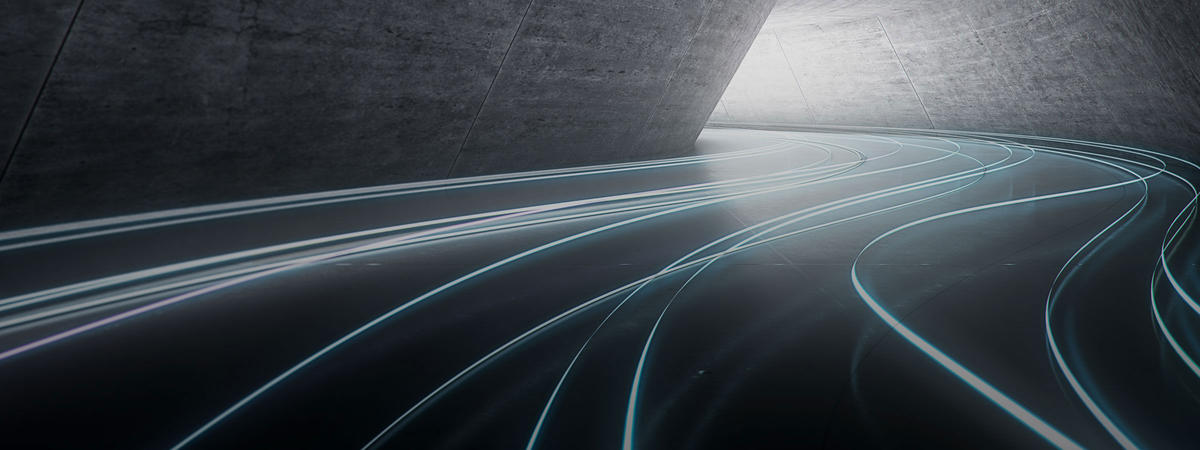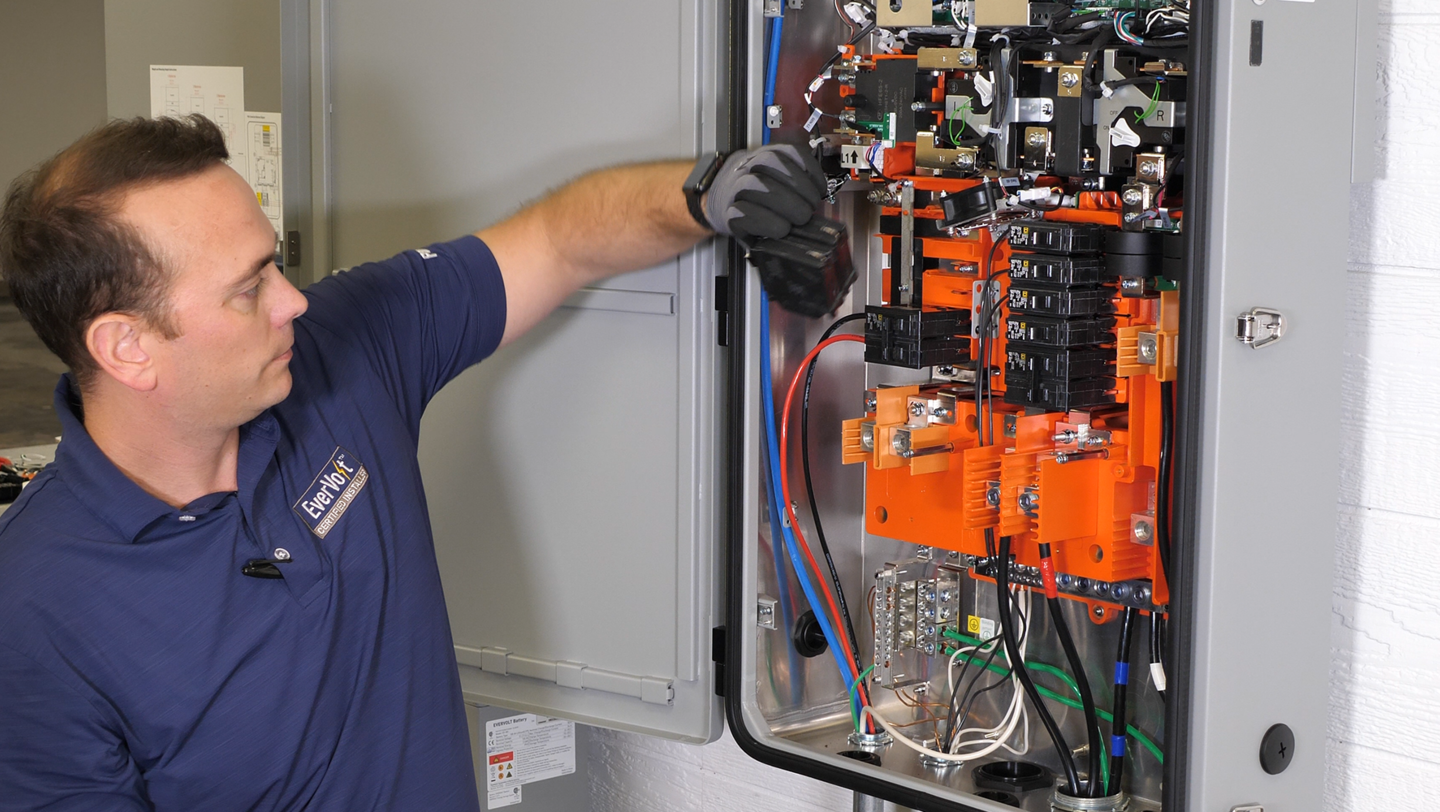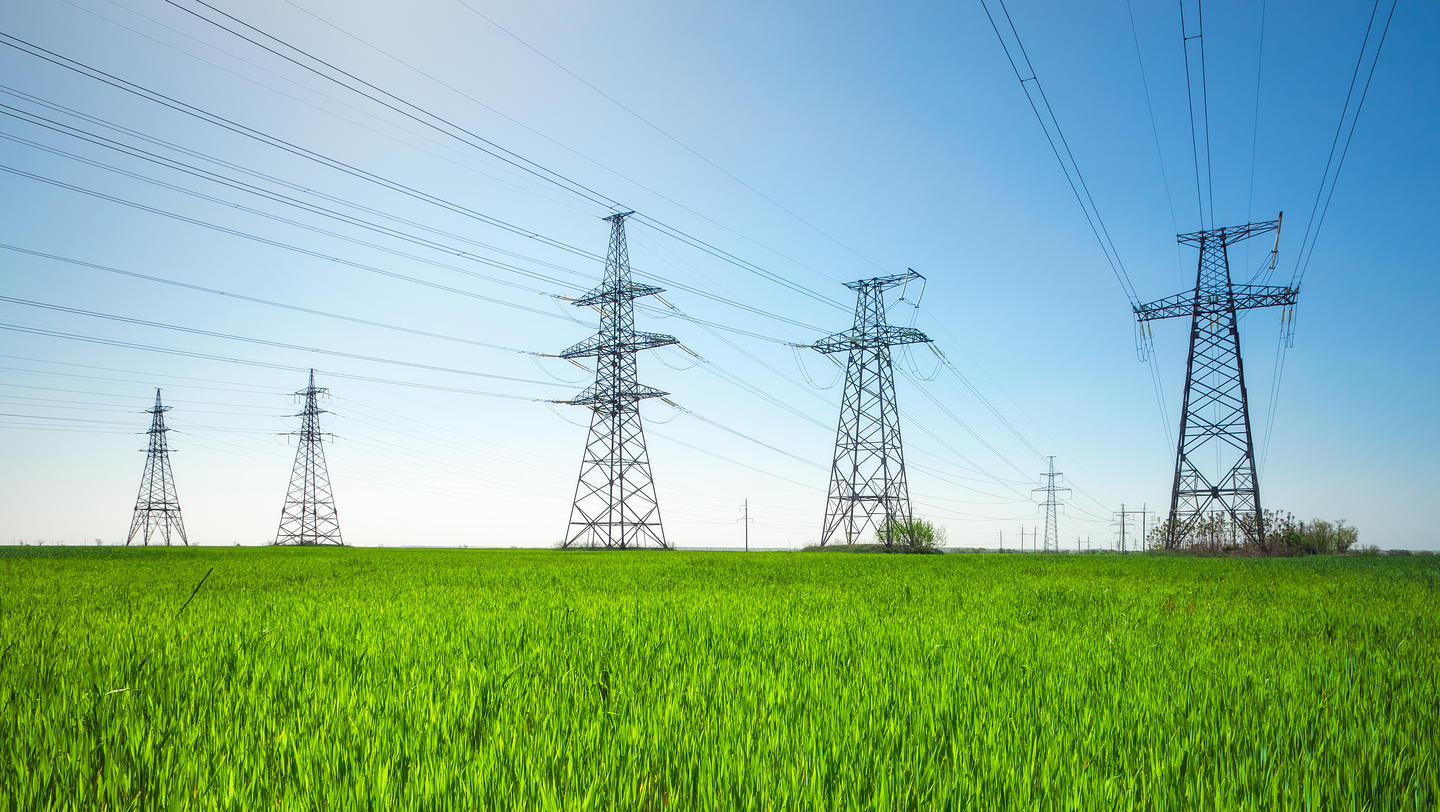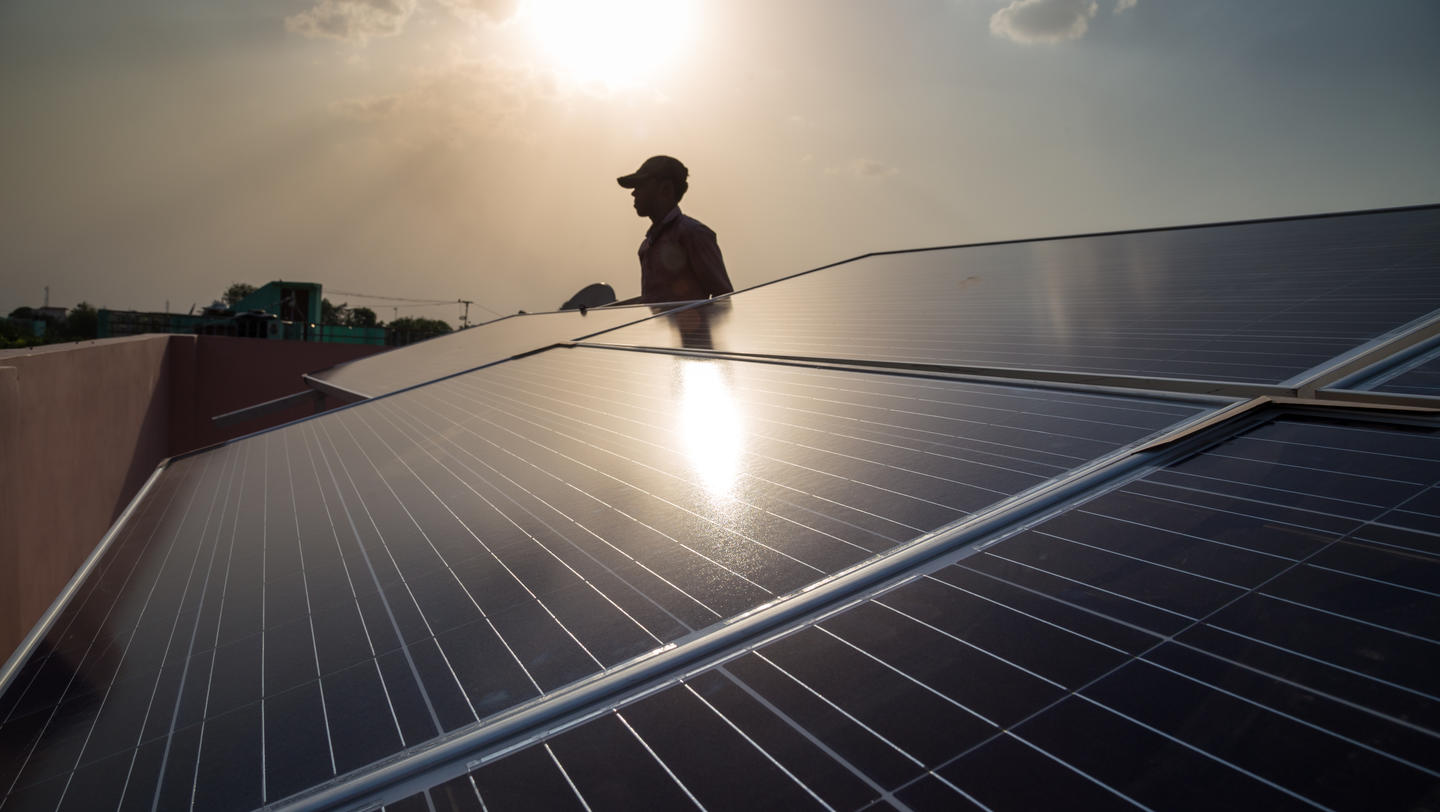Summer vacation: putting technology in the driver’s seat

Summer vacation: putting technology in the driver’s seat
4 minute readMemorial Day marks the unofficial start of summer and what’s often called the “driving season,” as Americans hit the road for barbeques, amusement parks and days at the beach. The holiday weekends over Memorial Day, Independence Day and Labor Day — account for millions of drivers on the road. Colorado, with its scenic drives that traverse pristine pine and aspen forests and twisty canyons and winding mountain passes, is a popular summer destination.
What would happen if we took humans out of the driver’s seat?
That was a big topic at the Denver Metro Chamber of Commerce’s May State of the State. Colorado is accelerating plans to improve infrastructure and roadway safety, and Gov. John Hickenlooper gave a keynote that called for increased funding for the state’s transportation system. Immediately following, futurist and advisor on driverless vehicles Rutt Bridges and I debated and discussed what could happen when cars become driverless, and roads are driven by technology. Here are some highlights.
Vehicles have a lot to say
As cars become more computer than machine, they are capable of communicating with one another in real time – saving time and lives. Demonstrating what the future can hold, the Colorado Department of Transportation has partnered with Panasonic to create a connected vehicle ecosystem that promises to drive a revolution in roadway safety and efficiency.
On a 90-mile commuter stretch of interstate 70 into Denver, this technology has been designed and deployed to allow CDOT to share information on highway conditions, traffic alerts and other driving hazards. It’s the first production-grade, U.S. connected vehicle system in which real-time data would be shared across vehicles, infrastructure and people with a goal to improve safety, lower fuel consumption and reduce congestion. Estimates are that such a solution could reduce non-impaired traffic crashes by 80 percent, and save drivers hours stuck in traffic each year.
Driverless cars don’t get tired or angry
What’s the most dangerous thing you did today? If you drove to work, it might surprise you to learn that getting in your car probably tops the list. Less surprising? Some of the reasons why traffic fatalities in the U.S. are on the rise. Distraction, road rage, fatigue, intoxication and other human error account for 94 percent of all accidents, according to federal stats.
Rutt Bridges, who authored Our Driverless Future, Heaven or Hell? pointed out that driver impairment and errors that lead to accidents cease to be a factor when there’s no driver behind the wheel. With driverless vehicles, there’s no road rage, and the reaction time is a thousand times faster than a human’s. Bridges pointed out that, unlike our limited senses, autonomous vehicles come equipped with advanced sensors that continuously track hundreds of objects near and far, from cars, motorcycles and pedestrians to suicidal deer lurking in the leaves, in a 360-degree field of view with no blind spots.
The case for driverless cars curtailing congestion
Vacation traffic, accidents and road repairs cause congestion, but that’s not the only issue. Of commuters who drive, nine out of ten drive alone, according to US DOT stats. If those soloists began to use ridesharing, the impact would be significant. Bridges explained that solo drivers would have to be convinced by more appealing options, such as “platoon lanes” in congested zones for connected, autonomous vehicles with synchronized acceleration, steering and braking to more safely travel closer together at highway speeds.
Autonomous adoption is coming
A research series commissioned by Panasonic on how decision makers see the leading disruptive technologies found that one in five companies plans to invest in autonomous vehicles in the near future. Indeed, within the next two to three years, there will be many new vehicles that integrate advanced connectivity like pedestrian detection and infotainment systems with ADAS software. And it is anticipated that these vehicles will be able to participate in the V2X ecosystem that CDOT and Panasonic are creating.
Estimates suggest that in just over a decade, fully autonomous cars could account for 15% all new cars sold, and that makes sense, especially if autonomy can deliver on the promise of increased safety and more time for those who use transportation to do the things they want to do. Former “drivers” who no longer take the wheel could spend time watching cat videos, instead of taking a driver’s test, getting a car insured, or watching brake lights on the way to the beach.
The humble road, the most basic infrastructure, is now pivotal to the future of transportation. In Colorado, the new connected vehicle platform on I70, promises to show the benefits of autonomous features by creating connectivity and data sharing and providing each vehicle with a 360-degree view of others nearby. By sharing and receiving this information, road operators will be able to understand real time traffic patterns, weather and roadway conditions and be warned of unsafe driving conditions as they are developing. Read more about how disruptive technology is impacting transportation in The Year of the Smart Highway.











